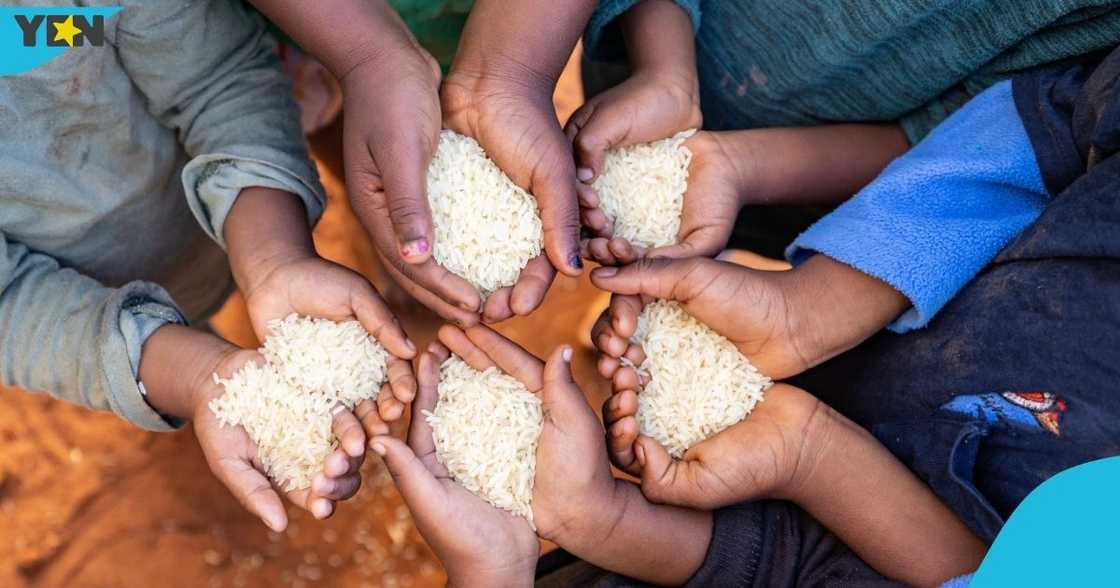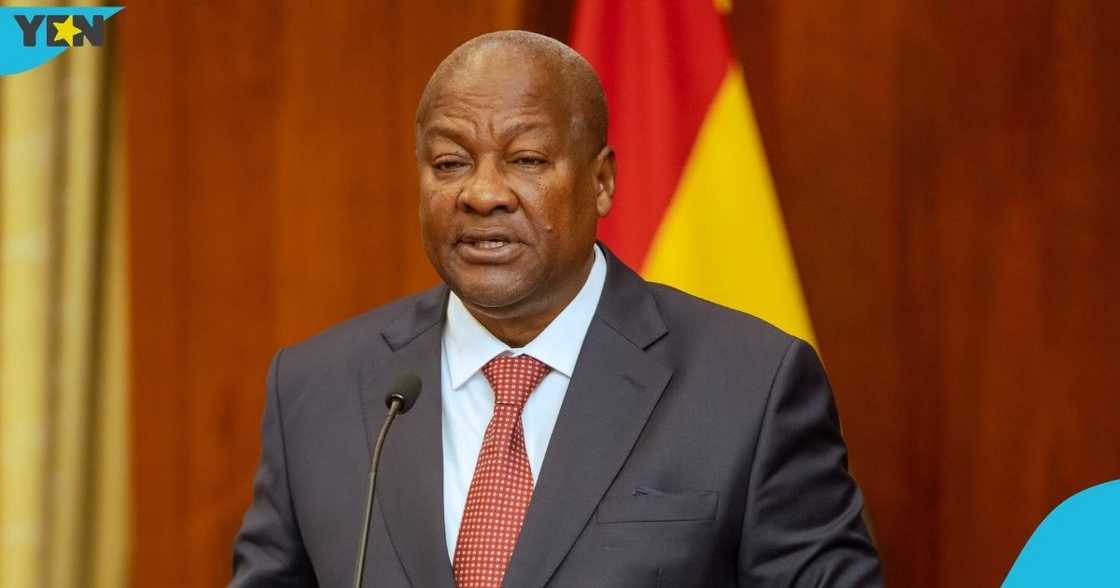- Over 1.3 million Ghanaians are said to be facing a food crisis in 2024, according to new data from the Ghana Statistical Service
- The number of food-insecure people rose by nearly one million within the year, with the Volta Region recording the highest rate
- Female-headed households and undernourished children were the worst affected, revealing deep regional and gender disparities
Over 1.3 million Ghanaians are said to be facing a food crisis, according to data released by the Ghana Statistical Service (GSS).
The GSS data, which covered the period in 2024, also showed that an additional 900,000 people struggle to access adequate food.

Source: Getty Images
Released to mark World Food Day, the GSS data shows the figure rose from 12.4 million in the first quarter of 2024 to 13.3 million by the fourth quarter.
This represented a 7.3 per cent surge in individuals suffering from the lack of food access, availability, and utilisation.
In its press release, the GSS explained that despite ongoing efforts to combat hunger across the country, the data shows persistent regional and gender disparities.
For instance, the Volta Region recorded the highest incidence of food insecurity at 52 per cent in Q4 2024, while the Greater Accra Region saw a significant jump from 20.2 per cent to 29 per cent over the same period, despite having the lowest rate.
Gender Gap in Food Insecurity
The gender gap remains significant, with food insecurity being more prevalent in female-headed households.
The proportion of such households that were food insecure increased from 40.4 per cent to 44.0 per cent between Q1 and Q4 2024.
For male-headed households, the figure increased from 32.4 per cent to 37.1 per cent, showing a persistent gender gap of about 7.0 percentage points.
According to the GSS, this crisis is having a direct impact on child health. The proportion of households with underweight children under five years that were food insecure surged from 38.0 per cent to 44.9 per cent in 2024.
Additionally, the GSS data established the link between hunger and poverty, with the proportion of persons who are both food insecure and multidimensionally poor increasing by 400,000, from 3.7 million to 4.1 million.
“This reinforces the need for integrated policy responses that address multiple deprivations such as income, health, education, and living standards simultaneously,” the GSS stated.
GSS Advocates for Data-Driven Intervention
Meanwhile, the GSS has advised that policy actions should prioritise coordinated, data-driven interventions that enhance food availability, improve access to nutritious diets, and promote sustainable production systems.
“Strengthening support for smallholder farmers, promoting climate-resilient agriculture, bridging regional and gender gaps, and fostering stronger partnerships among government, development partners, and communities are critical for ensuring that no household is left behind in the fight against hunger,” the GSS data stated.

Photo credit: John Dramani Mahama/Facebook.
Source: Facebook
President Mahama launches FEED Ghana Programme
YEN.com.gh reported that President John Dramani Mahama launched the FEED Ghana Programme, fulfilling a major 2024 campaign promise.
The initiative was aimed at modernising agriculture, reduce food inflation, create jobs, and cut Ghana’s $2 billion annual food import bill.
Key components of the programmae included poultry revitalisation, community gardens, grain projects, and nationwide farm service centres.
.
Source: YEN.com.gh
Source: Yen.com.gh













